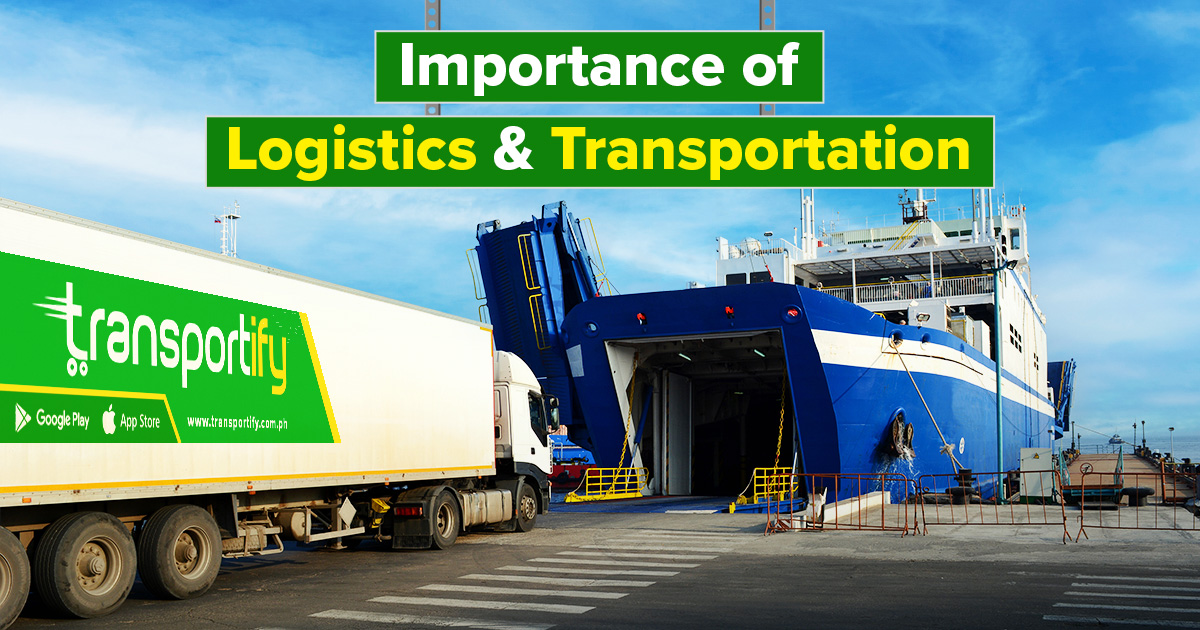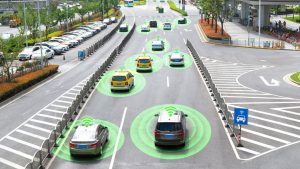The urban transport system plays a pivotal role in shaping the dynamics of modern cities. As urbanization continues to accelerate, the need for efficient, sustainable, and interconnected transportation networks becomes increasingly crucial. In this blog post, we will delve into the intricacies of the urban transport system, exploring its components, challenges, and innovative solutions that are revolutionizing the way we move within cities.
- Understanding the Urban Transport System:
The urban transport system encompasses various modes of transportation, including public transit, private vehicles, cycling infrastructure, and pedestrian pathways. It aims to facilitate the movement of people and goods, ensuring accessibility, convenience, and safety within urban areas. By integrating these modes seamlessly, cities can optimize mobility and reduce congestion, ultimately enhancing the quality of life for their residents. - Key Components of an Efficient Urban Transport System:
a) Public Transit: A well-designed public transit system, comprising buses, trains, trams, and subways, forms the backbone of urban mobility. It provides a cost-effective and sustainable alternative to private vehicles, reducing traffic congestion and carbon emissions. Advanced technologies, such as real-time tracking and contactless payment systems, enhance the efficiency and convenience of public transit.
b) Cycling Infrastructure: Encouraging cycling as a mode of transport not only promotes physical fitness but also reduces traffic congestion and pollution. Dedicated cycling lanes, bike-sharing programs, and secure parking facilities are essential components of a cyclist-friendly urban transport system.
c) Pedestrian Pathways: Designing walkable cities with well-maintained sidewalks, pedestrian-friendly crossings, and vibrant public spaces fosters a sense of community and encourages active transportation. Prioritizing pedestrian safety and accessibility is crucial for creating inclusive urban environments.
d) Intelligent Transportation Systems (ITS): Leveraging cutting-edge technologies, such as GPS, sensors, and data analytics, ITS optimizes traffic flow, minimizes travel time, and enhances safety. Adaptive traffic signals, smart parking systems, and real-time traveler information are examples of ITS applications that improve the efficiency of urban transport systems.
- Challenges and Innovative Solutions:
a) Congestion: Rapid urbanization has led to increased traffic congestion, resulting in productivity losses and environmental degradation. Intelligent traffic management systems, congestion pricing, and promoting alternative modes of transport can alleviate congestion and enhance mobility.
b) Environmental Impact: Urban transport is a significant contributor to air pollution and greenhouse gas emissions. Encouraging the adoption of electric vehicles, investing in renewable energy sources for public transit, and promoting eco-friendly commuting options are vital for achieving sustainable urban transport systems.
c) Last-Mile Connectivity: Bridging the gap between public transit stations and final destinations remains a challenge. Innovative solutions like micro-mobility services (e.g., e-scooters, bike-sharing), ride-sharing platforms, and seamless intermodal connectivity are transforming last-mile connectivity, enhancing convenience for commuters.
d) Equity and Accessibility: Ensuring equitable access to transportation for all residents, including marginalized communities, is crucial. Implementing inclusive design principles, improving accessibility infrastructure, and integrating transport planning with urban development strategies can address these challenges.
Conclusion:
The urban transport system is a complex web of interconnected modes of transportation, constantly evolving to meet the needs of modern cities. By embracing innovative technologies, sustainable practices, and inclusive planning, cities can create efficient, accessible, and environmentally friendly transport systems. As we move towards a future of smart cities, revolutionizing urban mobility will play a pivotal role in shaping the way we live, work, and explore our urban environments.









+ There are no comments
Add yours